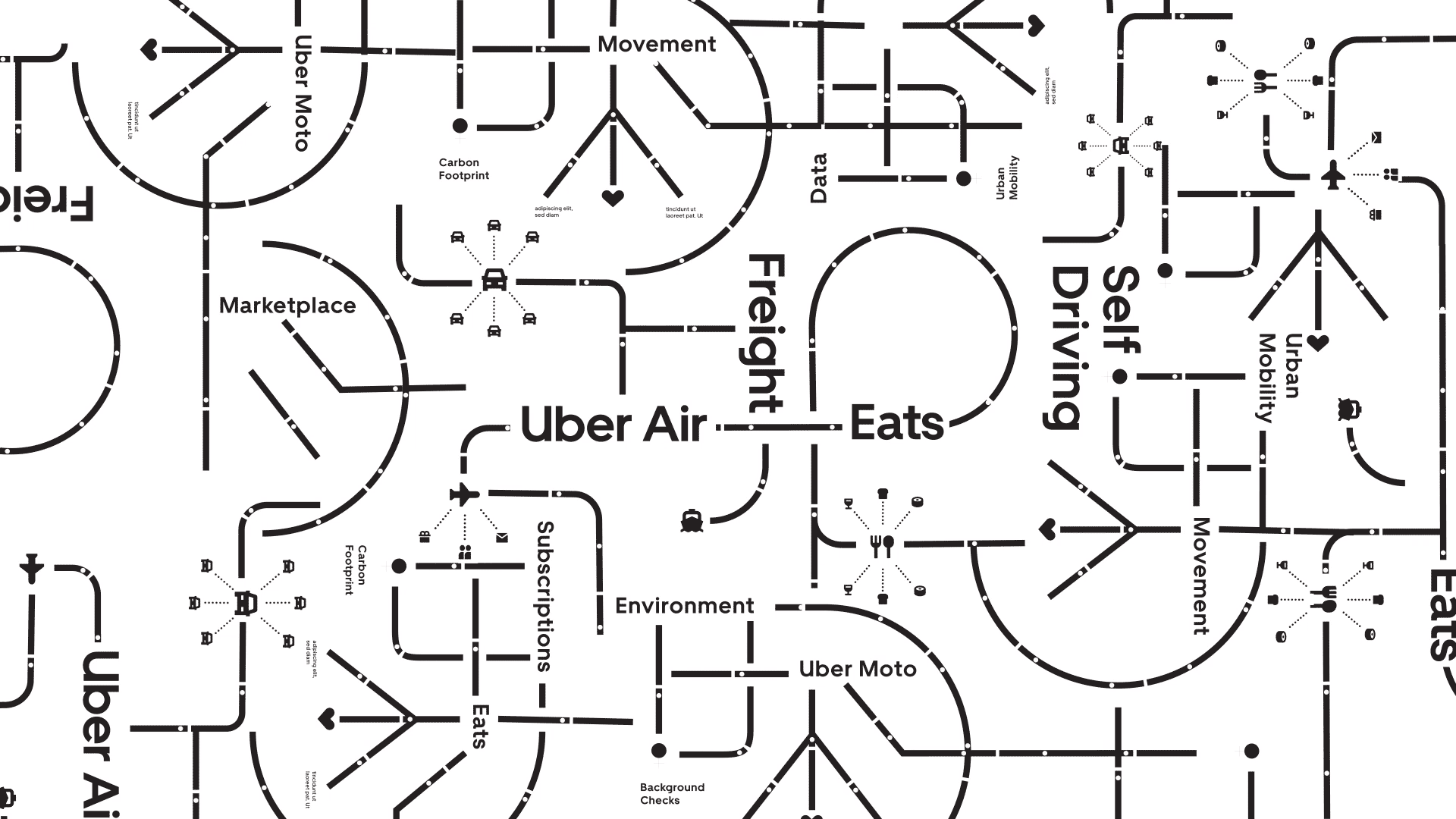
Overview
In the summer of 2019 I was lucky enough to join Uber’s Services team where I spent the majority of my time working on an internal tool for the Marketplace team called Panorama. The Marketplace team provides a range of tools for Operations stakeholders around the world to manage and maintain a healthy supply / demand of riders and drivers.
The team consisted of two designers, a PM, a Lead Engineer, and four Senior Engineers.
Project Synthesis
The above graph is one of many frameworks that were built, utilizing key metrics in order to identify the health status of a region.
The original tool that Panorama replaced had a few key issues:
Deeper analyses was not possible due to insufficient support for dimensionality across variables such as time, regions, products, and segments.
Diagnosis of issues were split across verticals, each being analyzed in isolation.
Ops teams had to build extensive workarounds to compensate for the lack of necessary capabilities because users could not get a complete picture of what was happening to the business in a single tool.
Although the previous research uncovered a lot of HOW a user wanted to create a view, we felt we needed to further find out WHY. After more research, we came to the following insights:
Putting the Pieces Together
Inspiration
Whiteboarding
IA Diagrams
IA Diagrams, Cont.
Coming to consensus on the meaning and hierarchy of each of these components took a few tries. Early concepts included exploring a north star vision of the product and working backwards to understand dependencies and how all the parts fit into the whole.
The resulting iteration was a simplified UI with greater flexibility. Among the things we tackled were: cleaning up the information architecture, increasing filter and compare functionality across dimensions like wider timeframes and verticals, enabling customized metrics, optimizing the map view, and adding additional data layers.
Primary Workflow
We leaned on our Base design system for our color explorations that required technical analysis of both the charts and maps in concert. Creating a map-chart color connection seemed to offer the most value to users by saving them time and confusion. In testing for Accessibility with our color blind users, we found that our own assumptions of what was highest contrast weren’t always correct.
Data layers were incorporated to provide deeper insight into the variables that could impact a market to determine whether the issue is isolated or systemic. We also further explored how to evolve the product in the future, including adding data layers for events like weather, holidays, and product feature launches.





















